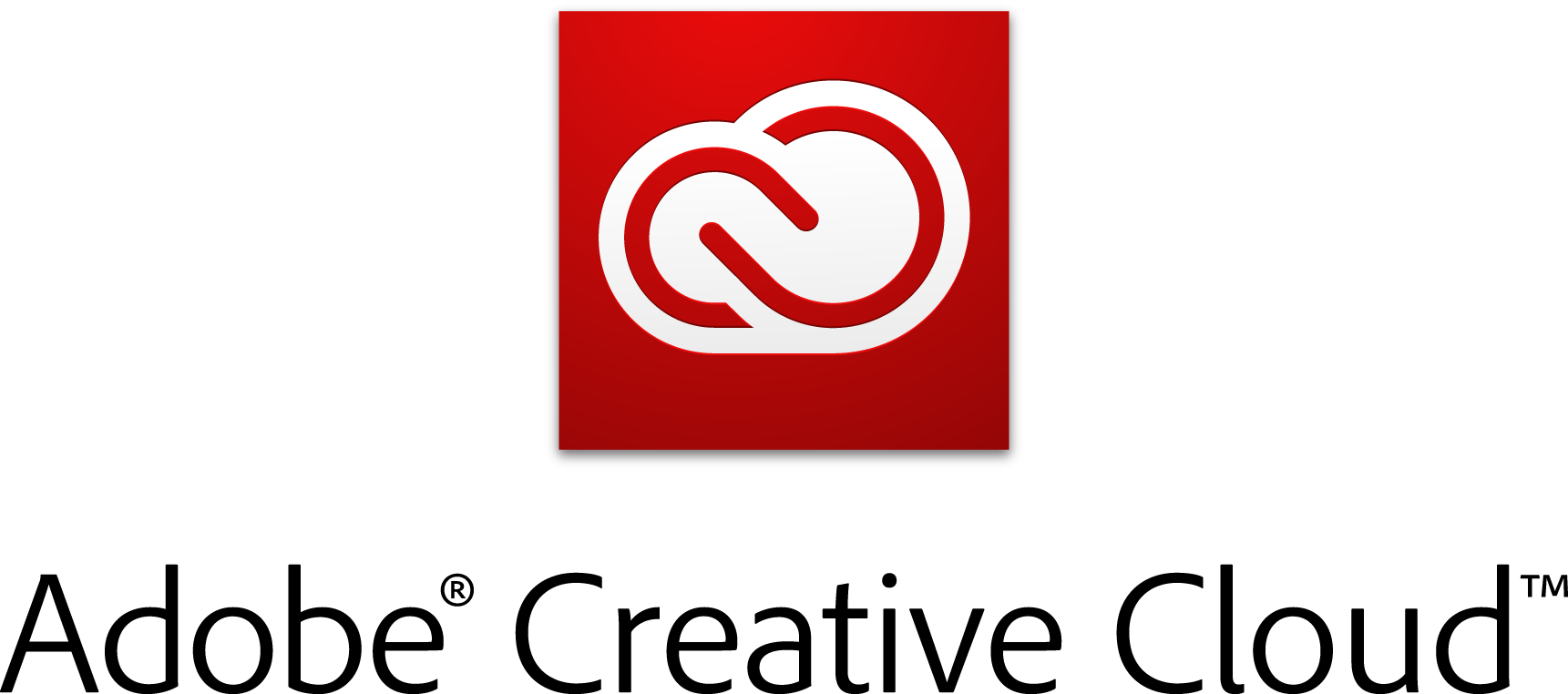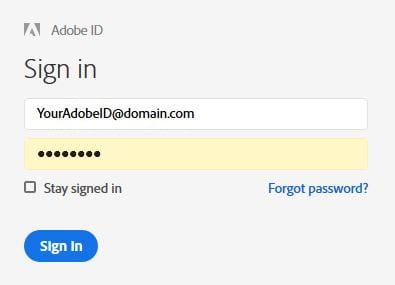Shared device licensing replaces device licensing, while named-user licensing remains unchanged
Adobe has updated its Creative Cloud (CC) licensing model again, this time moving from device licensing to shared device licensing (SDL). This change requires that we migrate all existing university device licenses to the new SDL model in order to access the newest versions of  the Adobe CC apps. Converting from device licenses to SDL is free and automatically available to all device licensed accounts. Named-user licenses remain unchanged and are not affected by this update.
the Adobe CC apps. Converting from device licenses to SDL is free and automatically available to all device licensed accounts. Named-user licenses remain unchanged and are not affected by this update.
But Why?
You may be wondering what the difference is between the two license models and why we need to do this. Adobe’s response to this question was provided in their presentation “Shared Device License: Why the change to this new licensing type?” In summary, it tells us that SDL provides the following, which is not available with device licenses:
- The most current version of the Adobe CC apps (device licenses cannot be used to install any apps newer than the 2018 version)
- Access to Cloud connected Services/Connections like Adobe Sensei, shared libraries, and cloud storage
- New Cloud First apps: XD, Spark Premium, and Premiere Rush.
- Complete functionality in Apps like Photoshop and Premiere Pro
- The ability to sign in to the Creative Cloud desktop on a shared device. (This is a huge benefit to the students that are using these apps in the lab environment; the students are frequently moving back and forth between using the lab computers and their own personal computers.)
- Resolution for license conflicts when named-users attempt to use computers with a device-based license
Furthermore, all current device licenses will cease functioning by December 31, 2019.
And How?
Signing in to the Adobe CC desktop was discouraged under the old device license model, but will now be required in order to use the Adobe CC apps on a shared device. When you launch an Adobe CC app on a device with  SDL, you will be prompted to sign in with your individual Adobe ID (this is not your Widener login ID). The apps can only launch after a successful sign-in. The SDL does not directly entitle you to access any services such as storage, libraries, fonts, stock, etc. However, if you already have these entitlements under your Adobe ID account, these services are now accessible from a shared device.
SDL, you will be prompted to sign in with your individual Adobe ID (this is not your Widener login ID). The apps can only launch after a successful sign-in. The SDL does not directly entitle you to access any services such as storage, libraries, fonts, stock, etc. However, if you already have these entitlements under your Adobe ID account, these services are now accessible from a shared device.
Another benefit of the SDL model is the protection of students’ work product. Students often forget to sign out after the class or lab session is complete. To protect them and their work/assets, users are periodically prompted with an account confirmation dialog box. This ensures that a subsequent user on a lab computer does not have access to assets that the previous user was working on.
With this periodic license checking and mandatory sign-in process, you may be wondering how you can access the Adobe CC products without an active internet connection. The short answer is that you can’t. The computer must be online so that you can sign in and use the Adobe Cloud services. While you only have to sign in once per session, Adobe continues to check for the license every 90 minutes after the initial sign-in. So, if the machine goes offline, it can only stay offline for 90 minutes before Adobe checks the license again. This is something that Adobe is working to fix.
Named-user licenses
If you have a device license and frequently need to use the Adobe CC apps offline, you may want to consider changing to a named-user license. You should probably consider changing to a named-user license anyway. SDL is ideal for computers in labs or classrooms, but not designed for individual machines with dedicated users. For dedicated users, we recommend named-user licenses. Please contact Linda Peifer (ext. 1037) to request a quote and obtain the current pricing for a named-user license.
If you have any questions or concerns about your Adobe CC device license migration to the SDL, please contact Client Success at ITSClientSuccess@widener.edu or call the HelpDesk for your campus.
 SDL, you will be prompted to sign in with your individual Adobe ID (this is not your Widener login ID). The apps can only launch after a successful sign-in. The SDL does not directly entitle you to access any services such as storage, libraries, fonts, stock, etc. However, if you already have these entitlements under your Adobe ID account, these services are now accessible from a shared device.
SDL, you will be prompted to sign in with your individual Adobe ID (this is not your Widener login ID). The apps can only launch after a successful sign-in. The SDL does not directly entitle you to access any services such as storage, libraries, fonts, stock, etc. However, if you already have these entitlements under your Adobe ID account, these services are now accessible from a shared device.